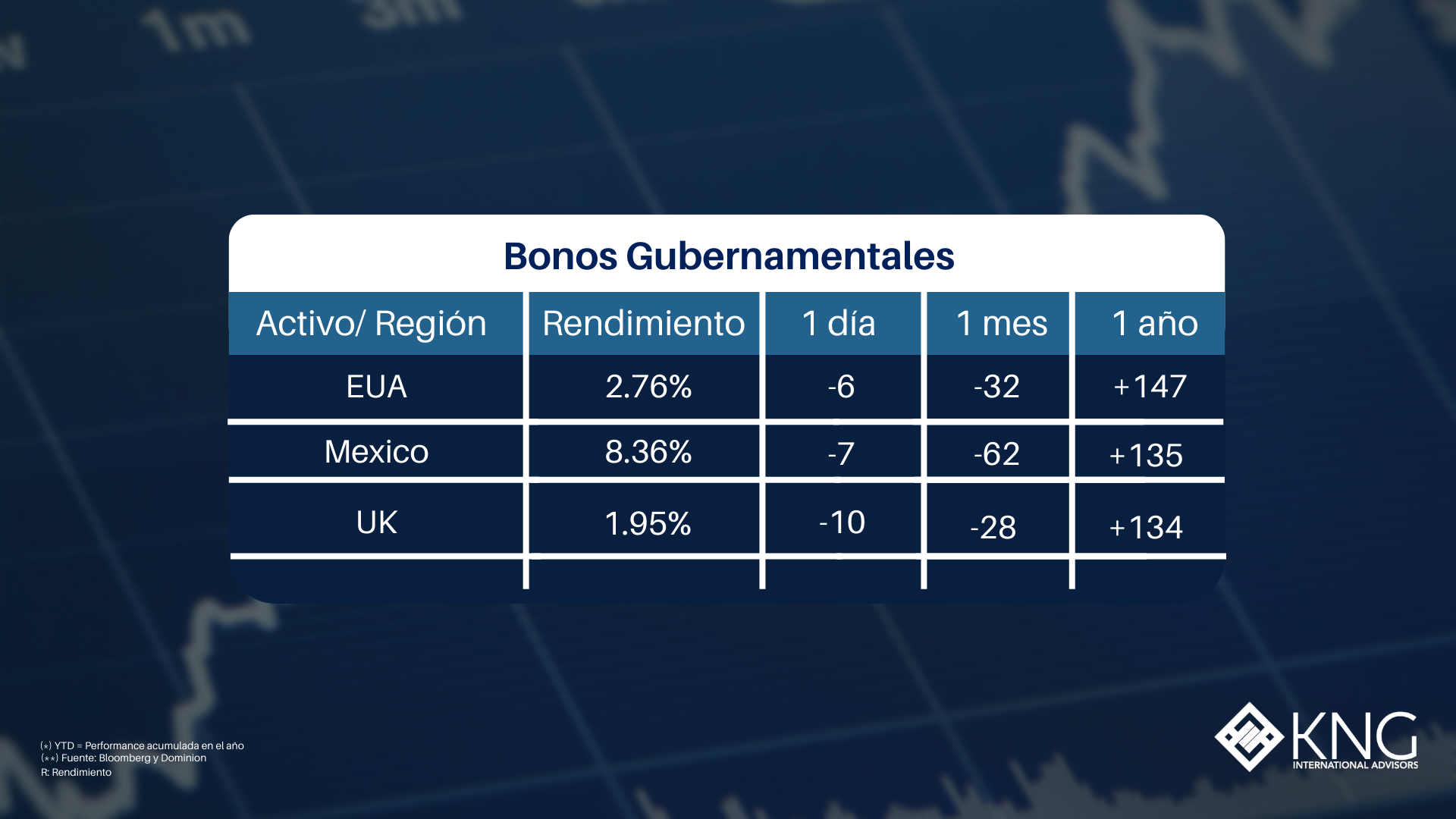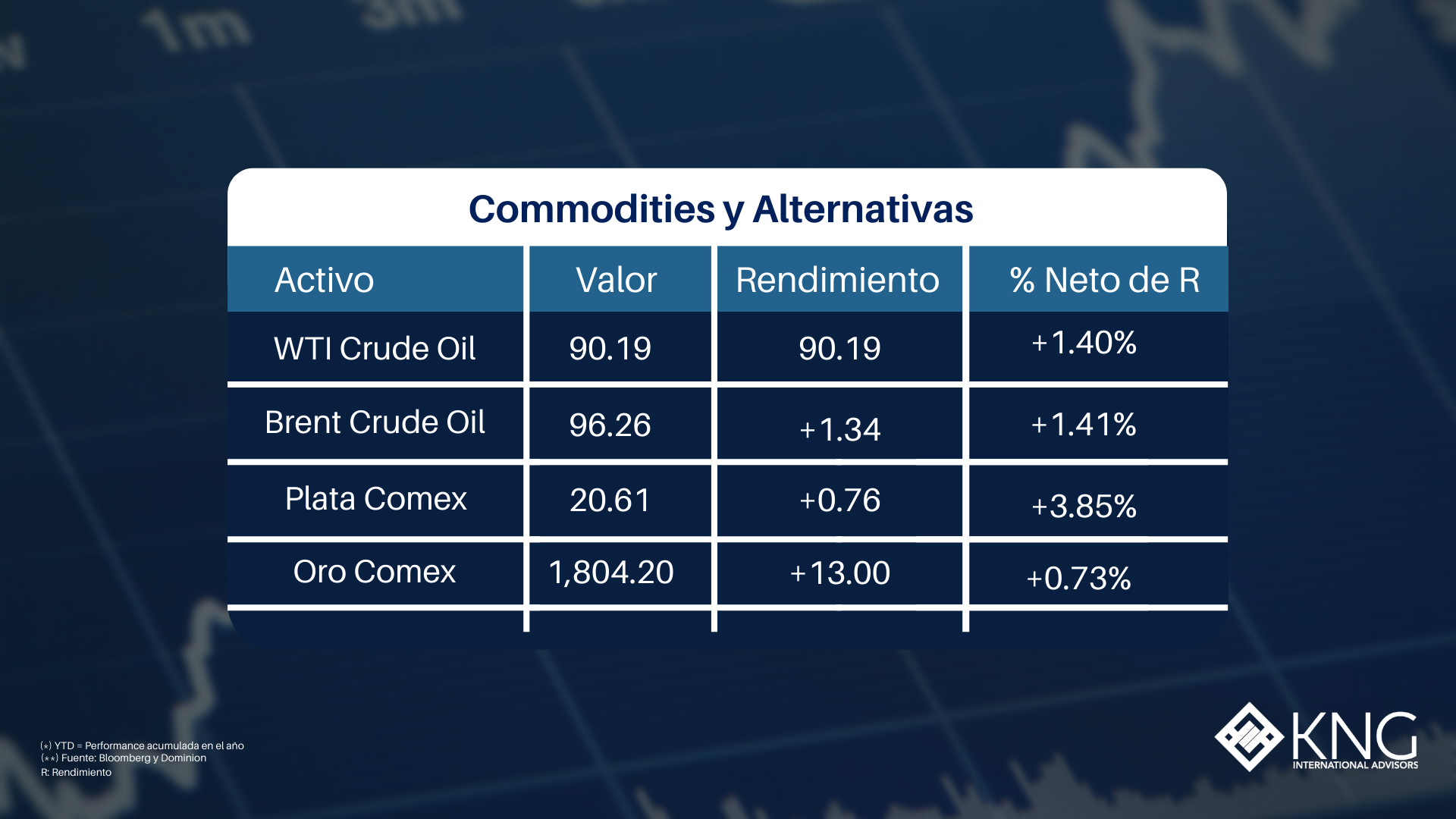Tuesday 9th of August 2022
Listen to this financial market update by playing this audio...




Over the past month, we have discussed false narratives we believe are predominant in financial markets today...
This has, by no means, been an exhaustive process yet, there are many other major themes which we think are misguided, not supported by evidence, and which have become mainstream thought.
However, this is probably a good time to pause and think about what we can conclude so far from our discussion of false narratives.
As we have said before, narratives are powerful devices. You can take an extremely complex system or series of events, like the founding of a country, or changes in a society, and via the power of story-telling give them a meaning which is easy to understand.
Sometimes, these narratives can stray from reality, and when they do this can have significant consequences. The pricing of assets like stocks relies heavily on narrative. What is the ‘story’ that explains the outlook for a particular company or sector of the economy? These stories then drive capital allocation decisions.
Who would want to invest in the company or sector which is destined to ‘go out of business’? Conversely, who wouldn’t want to invest in the sector that’s ‘changing the world’?
Understanding the narratives influencing capital allocators goes a long way to explaining the valuation of assets, and so understanding these narratives can help us look for investment opportunities.
Some compelling narratives are supported by evidence. ‘Emerging markets’, this is a narrative, a story that explains a complex process of industrialisation, demographic change, and the adoption of new technologies in low-income countries. The evidence supporting this story is overwhelming. The rise of China as a global economic power is impossible to argue with.
Some narratives, however, lack the supporting evidence that should be needed to believe the story. This, though, does not stop such narratives becoming mainstream. Especially compelling stories can become widely held beliefs which the majority will defend.
In financial markets, some narratives can exhibit almost religious characteristics.
These are usually narratives on controversial subjects, sometimes related to new technologies. Capital allocators and retail investors become so attached to their belief in the story that they make dramatic investment decisions based on these ideas, which in turn impacts the prices of related assets. This process is what gives rise to asset price bubbles, and their subsequent crashes.
Under the surface, this process also gives rise to ‘anti-bubbles’, a term coined by Diego Parilla. This is the opposite of the bubble, it’s the suppression of price discovery in assets negatively affected by the narrative driving the bubble. Anti-bubbles are price rises waiting to happen, the price discovery process delayed by the emotional lurches of markets in thrall to a different story. Just as bubbles can suddenly crash dramatically when reality catches up with the false narratives supporting them, anti-bubbles can very suddenly see dramatic price rises as reality catches up with the hidden value in the asset.
Anti-bubbles are underappreciated narratives with strong supporting evidence. The exact opposite of bubbles (over appreciated false narratives with weak supporting evidence).
Every ‘anti-bubble’ has a corresponding ‘false narrative’ which keeps the price of the asset in question artificially low.
Dominion Capital Strategies
Identifying anti-bubbles requires us to first identify the false narrative, then work back to where the anti-bubble opportunities may be. Investing in these before their stories become mainstream and accepted as reality can offer very appealing investment returns over the long-term.
Let’s go through an example of what we think is a major anti-bubble today
Climate change is a subject which, outside of racial politics or abortion rights in the United States, probably engenders the most extreme emotional responses from people when discussed. Financial markets have not escaped this.
The ESG movement, divestment from fossil fuels, ‘ethical investing’, these are themes which have changed the structure of asset management and dramatically impacted asset price performance in sectors linked to these themes, especially so in energy.
A fundamental misunderstanding of the global energy system and the most pragmatic ways to de-carbonise it, is the ‘false narrative’ here. It goes something like this: fossil fuels are ‘bad’, the companies that produce them are sinister, and renewable energy sources will soon edge them out of the global energy mix.
This false narrative has had dramatic effects on the global energy system. ESG investing and fossil fuel divestment have shifted global capital markets away from investing in fossil fuel producers.
Fossil fuel producing companies today trade on their lowest valuations in history, in some cases pricing in an imminent collapse in demand. Some coal mining stocks trade on valuations so low, they are producing the equivalent of the entire value of the company in free cash flows in just 12 months of operation (i.e., they could buy 100% of the company back from the market with the profits of 12 months business operations).
Many oil and gas companies trade on valuations implying they will effectively go out of business at some point over the next 5-10 years, with little or no value ascribed to their assets beyond that timeframe.
What is the reality?
Looking at the raw data helps here. As investors we need to try and be as emotion-free as possible when assessing structural themes.
It might surprise you to learn that global coal demand is currently the highest it has been in history. Global oil demand is not far off hitting new all-time highs. Meanwhile wind and solar power, combined, generate just 1% of global energy.
Fossil fuels, therefore, may offer an anti-bubble opportunity at current valuations. They are far from dead, despite the fact that financial markets are pricing in imminent collapse.
Even on a very generous set of assumptions for renewable build outs in the future (assuming a 4x increase in current annual run-rate of investment for the next 30 years) and assuming that de-carbonisation efforts in industries like agriculture and construction go to plan, global oil and gas demand still only declines by 15% from current levels by 2050.
What many commentators on this subject miss is that emerging markets like China, India, South East Asia, and Africa, will see major increases in demand for energy as they industrialise, and a lot of this will come in the form of fossil fuels.
Dominion Capital Strategies
Meanwhile, the false narrative of the imminent death of fossil fuels has starved fossil fuel producing companies of capital,meaning investment in new producing assets to supply global demand is at its lowest level in well over a decade. Lower supply combined with higher demand gives you higher prices, this goes a long way to explain the current inflation in energy. There is no incentive for these companies to invest in new supply now, markets and the wider society will only punish them for doing so.
Add to this the Russian invasion of Ukraine and sudden realisation in Europe that relying on a neo-fascist dictator for its energy was a mistake, there is now a major wave of demand coming from countries like Germany to get their energy from anywhere other than Russia. This will mean, in the short-term, coal from countries like Australia and LNG (gas) from the United States, Canada, and Middle East. There will be no other way to keep the lights on in Europe over the next two years, it simply is not possible to build out renewables fast enough in the short-term.
¿How are oil and gas contributing to this?
Oil and gas companies today are trading, as already mentioned, in-line with the false narrative that they are likely to not last very long as profitable companies. They trade at a 60% discount to their long-term average valuations. The energy sector trades at close to the lowest % value vs S&P 500 value in history.
Exploration and investment spending in energy is at its lowest in more than a decade (implying little new supply coming online), while demand is rising and close to new all-time highs. This quarter, Exxon Mobil ($16 billion) generated more free cash flow than Alphabet ($13 billion). Chevron ($10 billion) was not far off.
After being demonised for the last 20 years, some very ‘unsexy’ stocks are now in vogue. Western defence contractors, for example, long vilified and excluded from ESG mandates are now cheered on across the Western democratic political spectrum, as they supply Ukraine’s armed forces with weapons which are exacting a heavy toll on the Russian military. Funny how quickly things can change.
Similarly, we would argue, contrary to its negative reputation, ‘big oil’ is a critical asset to Western democracy, supplying the energy needed to maintain our economies. The alternative to ‘big oil’ is not more wind turbines and solar panels. The alternative is a world where fossil fuels are controlled only by dictators, who are not beholden to ESG mandates, and who can name their terms to a Western democratic order that got its energy strategy catastrophically wrong.
This is, we propose, an ‘anti-bubble’. As the false narrative of the ‘end of fossil fuels’, epitomised by ESG investing, collapses in the face of real-world events, the anti-bubble of high quality, Western owned fossil fuel producers whose asset values have been supressed for years, may be on the cusp of an unexpected return to prominence, fortune, and high investment returns for shareholders.
This may happen sooner than many think.…
Sources: Bloomberg, Yahoo Finance, Marketwatch, MSCI. Copyright © 2022 Dominion Capital Strategies, All rights reserved